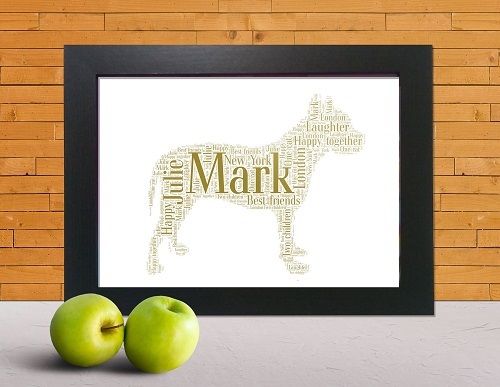Printing Processes for Art Prints

You've finally bought that art print you've been eyeing and are looking forward to showing it off to your visitors and friends, but before you start hanging it on the wall, you might want to spend a minute or two to consider how these prints were made. That piece of art that you bought is certainly not the original. It is a reproduced print made from the original art work. Art prints are created using different printing processes, and you may have come across these different terms as you were making enquiries and shopping for your print. Before making your purchase, it would be helpful to know the printing process by which your art print was made. Below is a brief description of some of the more common printing methods for art prints:
Giclee Print
pronounced as zhee-klay, it is a French word which means a spray or spurt of liquid. The name is descriptive of the way in which the print is created. A giclee is basically a digital printout of the original art work, created from digital scans of the original.
Once the scan is made and the image digitally archived, a sophisticated printer then makes a high resolution printout with high quality inks. The printer does this using a fine stream of ink, resulting in vivid, pure color with exceptional detail. A giclee can be printed in various sizes and onto various mediums like canvas and photo paper.
An advantage of giclee printing is the high level of accuracy and richness in color. Another advantage is that it enables artists to make easy reprints of their work to be sold, as and when required, or in bulk. It also avoids the heartache of selling off the original painting.
Lithograph
A lithograph works on the principle that water and oil do not mix. A hand-made lithograph is a print made by drawing with an oily substance such as crayons and pencils on porous stone or metal plates. An Oil-based ink is then applied to the moistened stone that adheres only to the lines drawn. The plates are then pressed onto a sheet of paper to produce the final print. If you loved this post and you would like to obtain additional information regarding word art prints kindly pay a visit to the page.
Serigraph
Serigraphy, or screenprinting, is a stencil printmaking process in which high quality paper is placed beneath a screen (or stencil). Ink is then applied over the screen using a squeegee. The screen has certain portions cut out so that the ink can be transferred onto the paper below. This process is then repeated for different screens and color until the final picture is complete. Screenprinting can be used on a variety of surfaces such as textiles, ceramics, metal, wood and paper and is commonly used in industries from clothing to product labeling.
Monoprint
A monoprint or monotype is a printing process whereby the artist paints a design onto a plate using a low drying ink. The image is then printed before the ink dries. One characteristic of monoprints, as the term "mono" implies, is that only one unique impression can be made using this process. That is, no two prints will ever be alike.
Canvas Transfer
A canvas transfer is a process of transferring an art work from a print onto a canvas. A special chemical is applied onto the art print, which when dried, can be separated from the paper and transferred onto a canvas. The canvas is then stretched across a frame and an artist will then apply brushstrokes to create the texture found on the original art work. The end result is artwork on the canvas that looks very much like the original.
